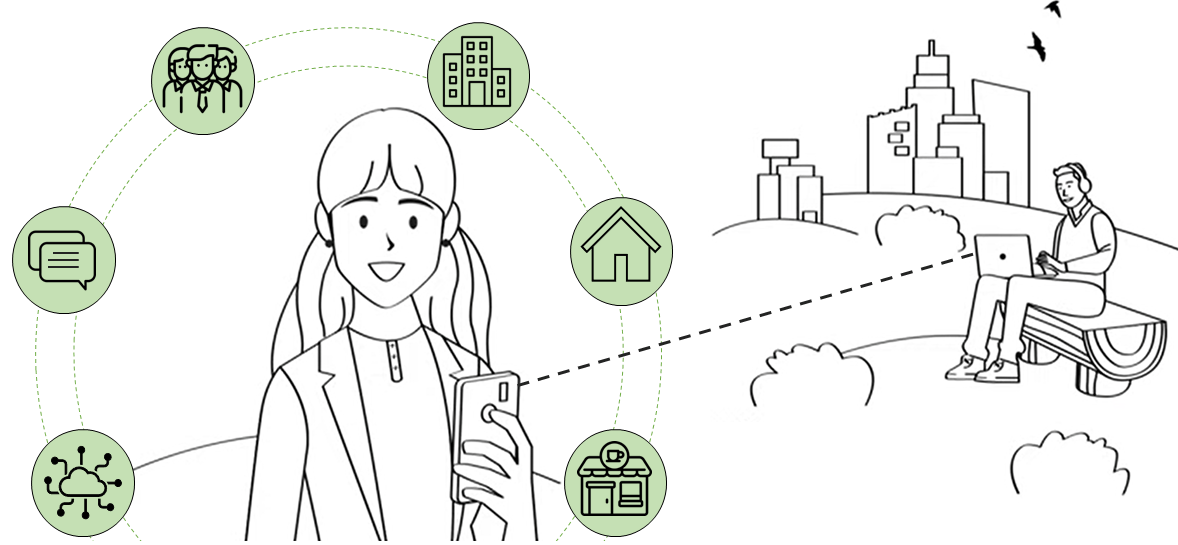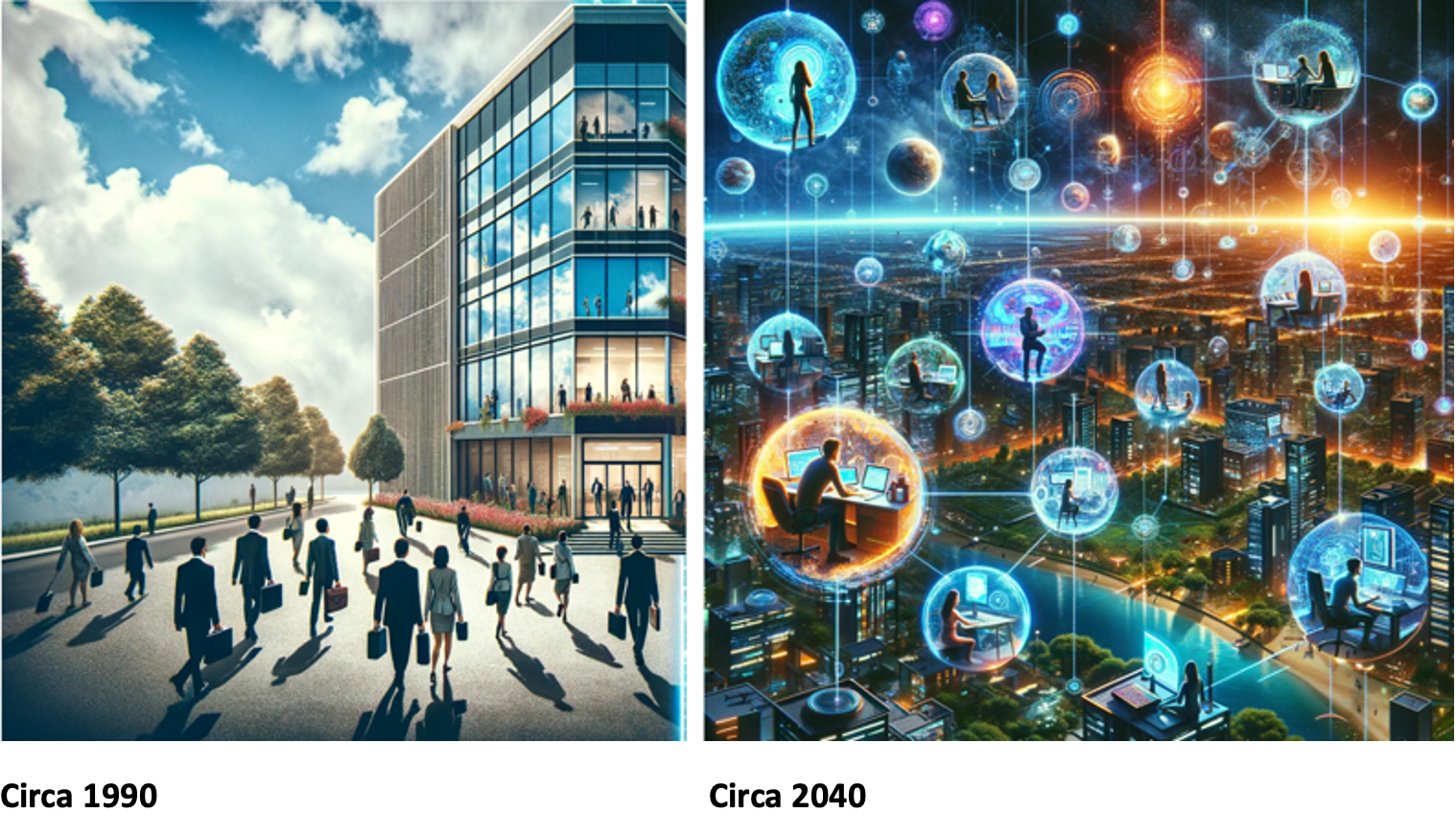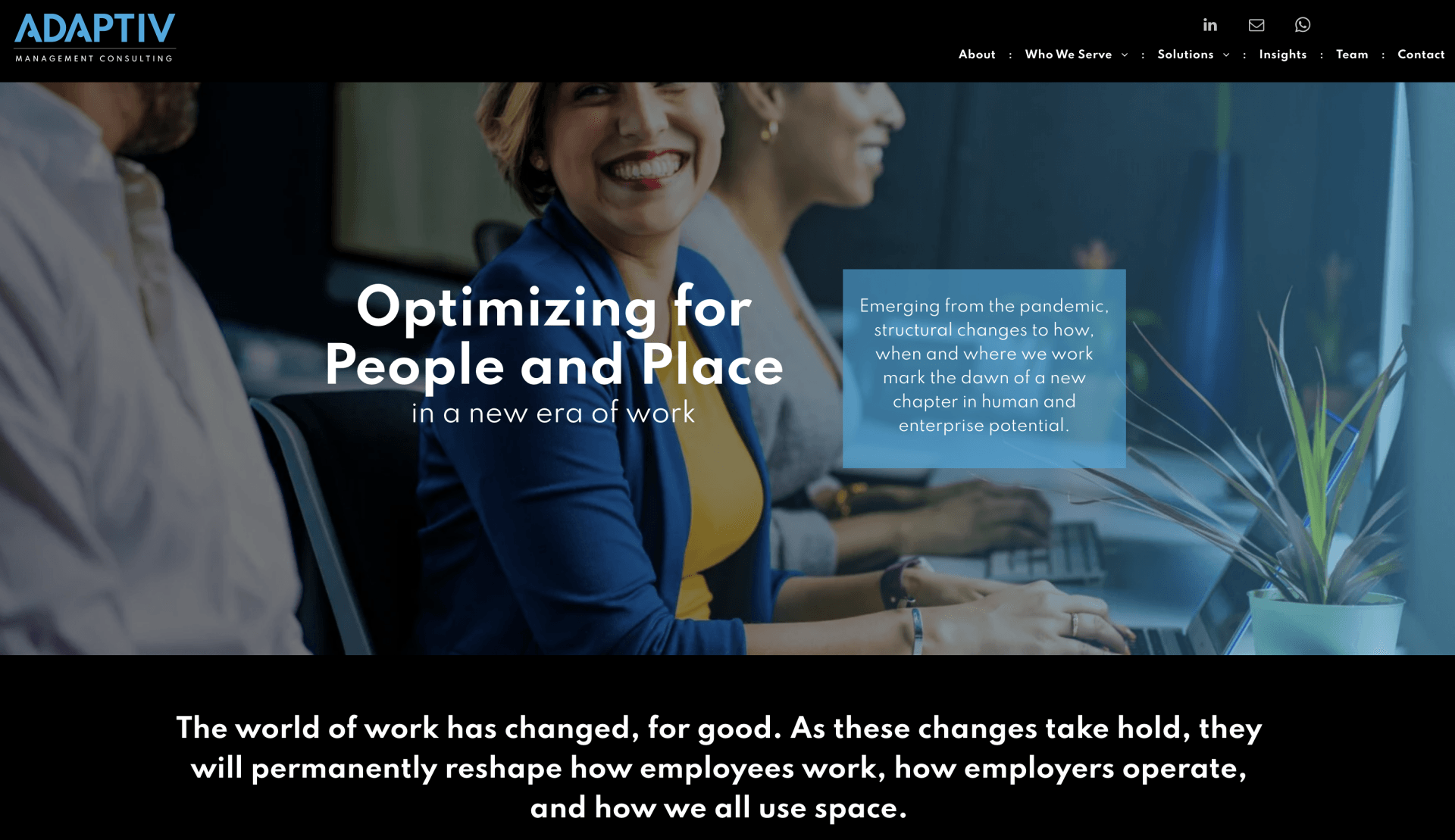Welcome to the Omnichannel Work Era
If companies should treat their employees as customers (they should), and smart companies continue to invest significantly in employee experience, what can we learn from recent, radical transformations to customer experience in the retail sector?
“Omnichannel” is not a concept we as consumers think much about in our daily lives, but it has become ever-present. It’s Starbucks anticipating your morning order in-app (along with a few hundred others) and making sure your local shop is staffed and stocked to get you your coffee right on time, it’s beauty brands selling directly on TikTok through your favorite influencer, or Delta asking you in its app if you want it to schedule you a Lyft to the airport ahead of your flight. It’s a force that is now ever-present, and it has revolutionized operating models of retailers who are able to better understand their customers, meet them where they are, and personalize their engagement.
It's a strategy that took years of trial and error, experimentation (and extensive legislative work to develop proper data protections), but over the last decade omnichannel strategies have revolutionized the retail industry. They’ve become ubiquitous because, when mastered, the strategy seamlessly delivers high-quality customer experiences across diverse channels and on individual consumers’ terms. And the combination of all of these is now proven to exponentially build brand loyalty (and value…).
Omnichannel strategies deliver personalized, dynamic engagement for digital-native, on-demand generations that are constantly on the go and expect brands to keep up – and they’re coming to the future of work...

In 2010, reacting to key technological advancements that enabled people to consume whatever they want, whenever they wanted, wherever they were, the retail industry developed the term “omnichannel” to describe a strategy that top brands were developing to keep up with these anytime, anywhere consumers. Realizing they had the technological means to do so, smart retailers suddenly began pivoting their posture away from “how do we convince consumers to come into our brick-and-mortar stores” and into “how do we better weave our brands into the unique behaviors of each consumer?”
Sound familiar?
This posture-switch, from “how do we convince consumers to come into our stores?” to “how do we weave ourselves into the day-to-day behaviors of our customers?”, revolutionized retail operating models. But that transformation was complex and took bold steps by early-adopters. It required retailers to execute company-wide transformations that involved most of the organization’s functions (marketing, real estate, sales, IT, HR, supply chains), as opposed to quick fixes within operating silos. Smart retailers quickly realized though that the strategy was becoming table stakes. In 2014, four years into the retail industry transformation, an MIT study described omnichannel consumers as the central force shaping the future of retail. The strategy is responsible for resurrecting tiring brands like Best Buy, reinforcing dominance in brands like Nike and Amazon, and is the primary strategy adopted by new retail brands today.
In an era where people can work anytime, anywhere, and consistent data now tells us employees empowered with flexibility are more productive, how do employers develop the right strategies, tools and resources to create the most efficient, valuable organizations full of the happiest, most committed and productive employees?
The retail industry is showing us that, when cooked up just right, we can all have our cake and eat it too. It’s a complex challenge. But luckily strong retail brands offer a decade-long track record to study and adapt into “omnichannel work strategies”. In the weeks ahead, we’ll dive deeper into impacts omnichannel work strategies will have on employees, enterprises, and office owners, and what it will take for bold companies to begin charting a course to this future.
Welcome to the Omnichannel Work Era.









